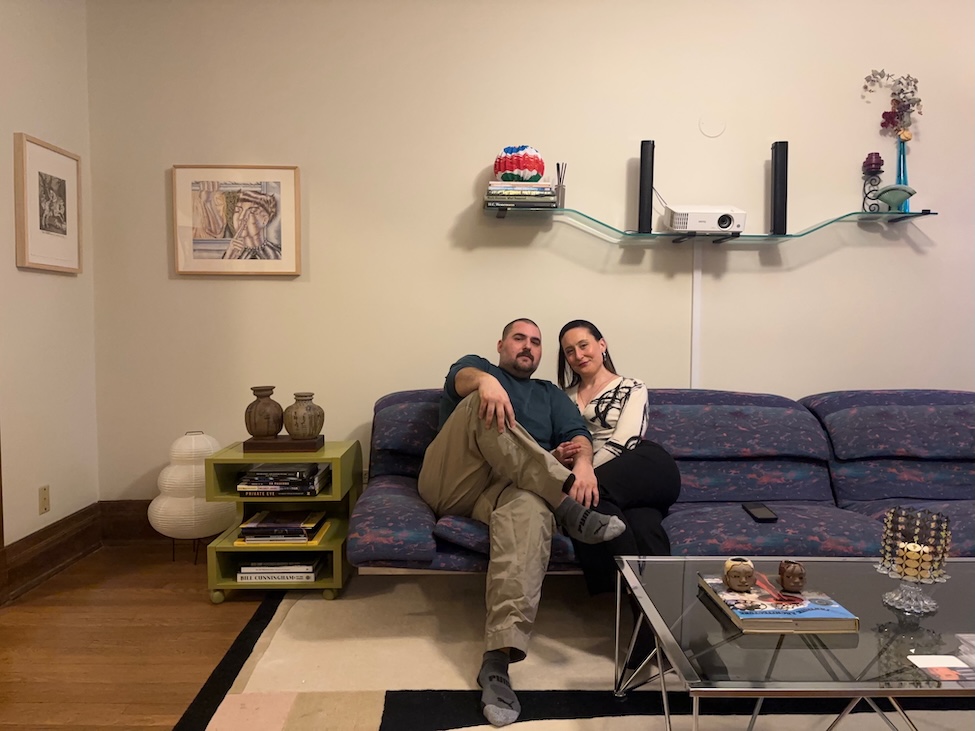The Prolific William J. O’Brien is a World-Maker

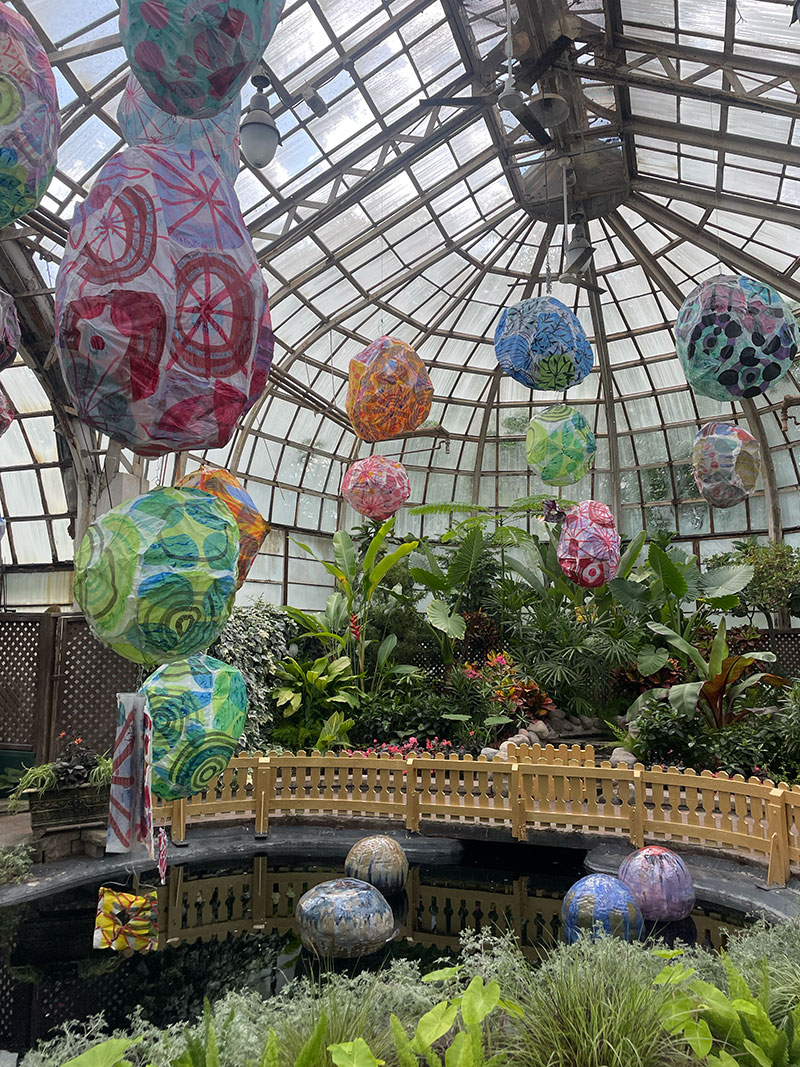
By BIANCA BOVA
William J. O’Brien is a world-maker. Working across a range of media that spans ceramics, bronze, drawing, painting, fiber, and steel, his ability to collate the output of his vast practice into a single coherent narrative that engulfs the physical spaces it occupies and hints at the psychic spaces of its inhabitants holds a singular power unrivaled by his similarly prodigious contemporaries.
A prolific artist, O’Brien has already enjoyed a decades-spanning career that has included solo exhibitions at institutions including the Madison Museum of Contemporary Art; the Renaissance Society, Chicago; KMAC Museum, Louisville; MAD Museum, New York; Witte De With, Rotterdam; and the Nerman Museum of Contemporary Art, Kansas City. His first major museum survey came in 2014 at the Museum of Contemporary Art, Chicago, curated by Naomi Beckwith. His work resides in the permanent collections of museums including The Art Institute of Chicago; Hara Museum of Contemporary Art, Tokyo; Hammer Museum, Los Angeles and KMAC Museum, Louisville, among many others. He also holds a post as professor and former Chair in the Fine Arts department at School of the Art Institute of Chicago.
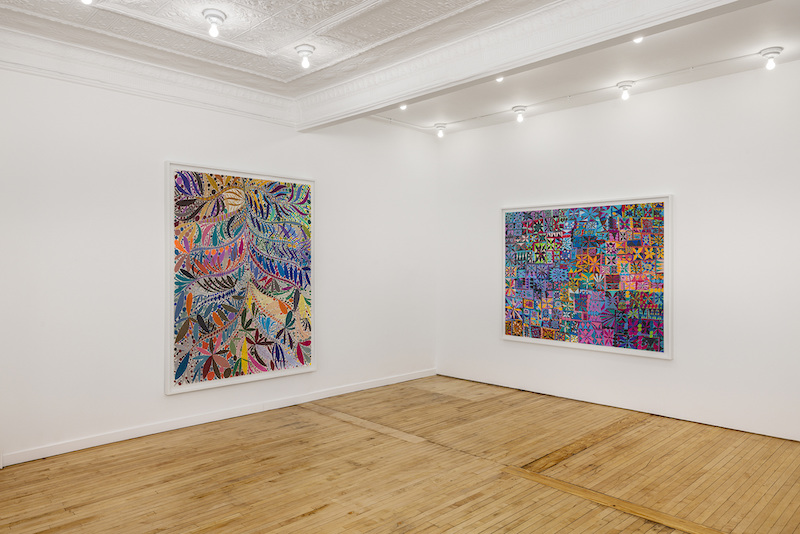
With this laundry list of accomplishments behind him–and having overcome a catastrophic studio fire in 2012 that destroyed hundreds of pieces of his work–O’Brien not only continues to pursue his practice, but to expand it. In 2023, he partnered with the Chicago Park District to install the exhibition Earth, Water, Fire, Wind & Space at the historic Lincoln Park Conservatory. The multimedia exhibition spanned both the Palm Room and the Show Room of the Victorian greenhouse, and featured over one hundred ceramic and papier-mâché sculptures integrated throughout the plant life, infrastructure, and water features therein. Reflecting on the exhibition, O’Brien notes, “The show at the conservatory was me thinking about where art can exist more outside of a traditional gallery or museum context.”

This embrace of nontraditionalism extends into the latest expansion of O’Brien’s practice with the founding of Shadow Work Press, and the subsequent publication of the artist’s debut novel, Nighttime Kingdom.
“The decision was, ‘If I'm going to publish a book, I want it to be on my terms, so I'm just gonna do the press,’” says O’Brien, “It was about reclaiming a sense of expression and of autonomy.”
The novel, which features a foreword by T. Cole Rachel and cover design by Ben Tousley, marks O’Brien’s first foray into fiction writing. Its narrative arc follows protagonist Ted Krieger’s heart-wrenching journey as he navigates the haunting secrets of the small-town America in which he was raised, the tumultuous city of New York in which he lives, and the discovery that healing can only begin with the confrontation of the ghosts of the past.
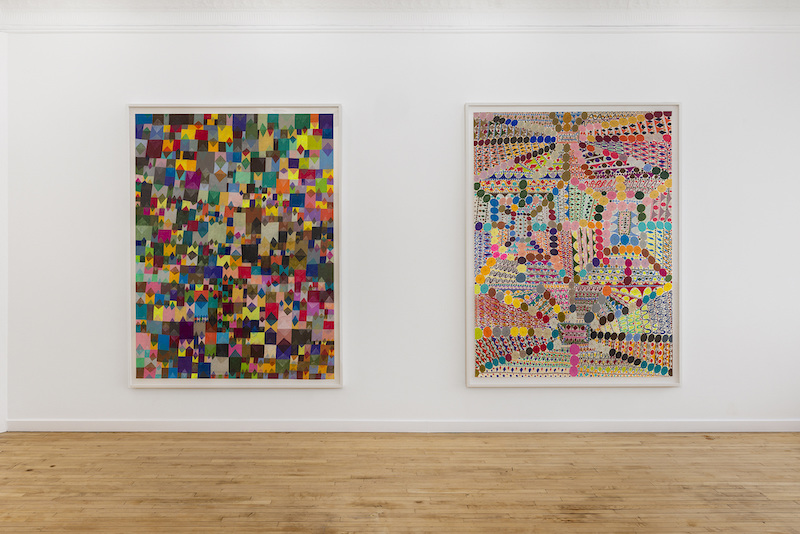
“The novel is a form of experimentation,” acknowledges O’Brien, “I have always had a relationship with language in some form or another within my practice. In my early career, and also recently this summer, I worked on zines, poetry, and self-published works that straddled the art, literary, and alternative comics audiences. For the recent novel Nighttime Kingdom, I approached writing the novel in the same way that I approach making my artwork. I view the embodiment of emotional and psychological states as a current core of what I do in my practice and approached writing the character development and plot for Nighttime Kingdom in the same way. Although the creative fields like to create tight lines between disciplines, I have never thought of my work as fitting neatly into one classification. The book is a story that incorporates drawings, and I view it in the same vein as how I sculpt clay and make drawings. It just so happens that it fell this time with this novel into a formal book."
When asked about any biographical elements to the story, O’Brien clarifies, “There is a town called Burton, Ohio that has an Apple Butter Festival, and I did structure the novel's setting based on their town square–on my childhood memory of that town square. But the whole story is a total fictionalization. I was thinking about the emotional story arc. It’s about exposing the reality of the vulnerability of what it's like to be a queer person growing up in rural America, and what that feels like. I think the book is also about power, masculinity, violence, inherited expectations and tropes of masculinity. These can be heavy and personal topics. It’s not a light piece.”

Buoying up the heaviness of the narrative is the suite of drawings that appear throughout the novel’s pages. Neither explicitly illustrative nor tied directly to the storyline or to the characters of Nighttime Kingdom, these drawings (many of them hauntingly spare and gorgeously gestural) serve as a kind of ancillary punctuation, a means of emphasizing the atmosphere created in the book.
“The drawings were a way of reclaiming a sense of imagination over a story that is very heavy,” says the artist, “I looked through twenty years of my sketchbooks and pulled the [drawings] that felt right, and placed them throughout the text. And that's what I liked so much about having them in, was that including them didn't feel like a device. It was not like these are drawings that are in service to this story in a particular way. It’s a form of straddling that I'm interested in. If someone reads the novel, and they have an emotional response, I'm like, ‘Oh, good. It's successful.’ They might not like it or they might not relate to the story, but if there is an emotional response that is elicited, in the same way they might have an emotional response looking at a sculptural work or a painting, then that to me that’s–well, it's the best I could ever expect.”
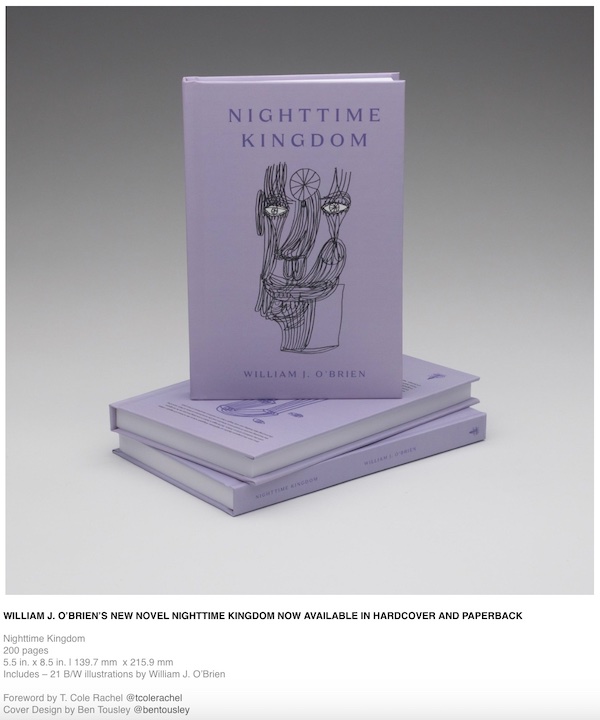
On the heels of the successful releases of both hardcover and paperback editions of Nighttime Kingdom, Shadow Work Press is now set to release a series of three zines by O’Brien over the course of the summer of 2024.
“I'm really excited about the zines,” O’Brien says,” I would say that on some level, I feel like I'm reclaiming more of my creative autonomy that was lost along the way of my going from an emerging artist to, I guess you’d say, an established artist. I feel like I’m in what is actually a nice chapter, where I've kind of started to do more projects that are more in line with things that I'm just interested in doing.”
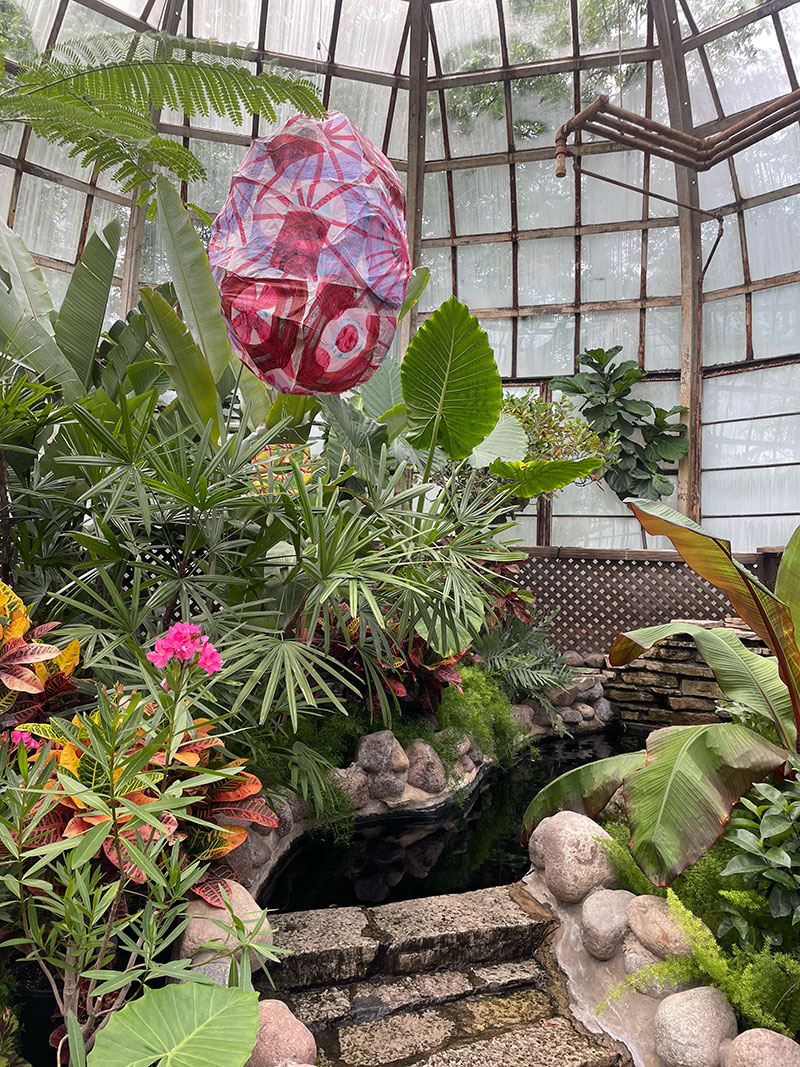
This sensibility was palpable in O’Brien’s recent exhibition Freak Flags at Chicago’s Ackerman Clarke Gallery. The exhibition, which to the credit of gallery owner John Schmid was surprisingly reserved in both tone and volume, consisted of just four colored pencil and ink on paper drawings by the artist, each roughly 80 inches by 60 inches in size. Their monumentality and wall power unequivocally held the space, and created an environment that rewarded the kind of long, slow, deliberate looking that best benefits the depth and complexity of O’Brien’s drawings, but which many prior exhibitions elsewhere containing a higher volume of his work typically sacrifice in service to including a more definitively representational survey of the wide range of media he employs.
“I would say that drawing is the foundational language of my practice,” O’Brien says, “It is the core that allows me to extend and experiment with other types of materials.
Of his influences, he adds, “I grew up in rural northeastern Ohio, where there is a rich history of craft and folk art, and I feel a certain affinity to the Imagist artists of Chicago. I see no hierarchies between traditional academic artists and self-taught artists, and I personally have connected more with visionary artists because of their use of embodiment as the material center of making and creating art.”
It is perhaps this nonhierarchical attitude, with its attendant egolessness and its openness to experimentation and acts of personal interpretation, that characterizes what might be (in less thoughtful hands) a disparate practice as not only a coherent one, but one which is so richly developed as to always leave those who traverse its output wishing they could remain within its confines, and press forward to reach the furthest recesses of its great depths.
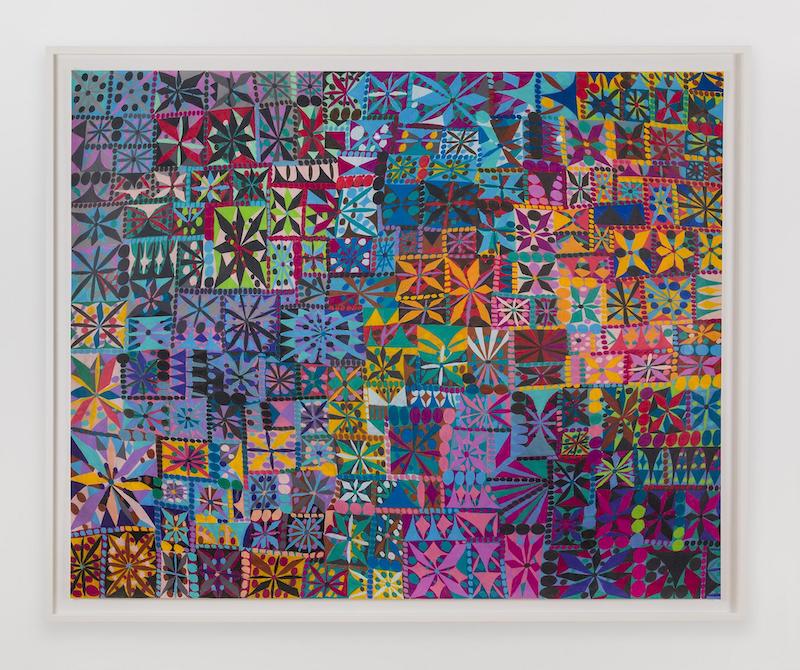
Purchase O'Brien's new book at williamjobrien.bigcartel.com
View O'Brien's exhibition at Ackerman Clarke
